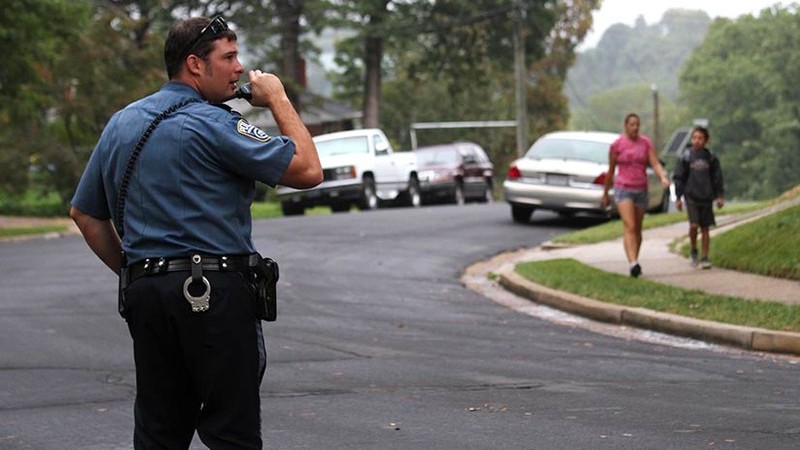Students Of Color Against Having Police In Schools?
The media say that students of color are uncomfortable with school officers and police presence, despite calls for more security in schools.

For years now campaigns to defund the police have spread. Officers of the law have been vilified and some believe that an increase in school counselors is the answer to rising rates of school violence, but after the deadly school shooting in Ulvade, Texas, school officials and lawmakers are arguing over the needs for increased security measures on school grounds. Some believe that schools need more officers to keep students safe, while others believe that students of color will feel uncomfortable with an increased police presence in more schools.
The National Center for Education Statistics found that during the 2015-2016 school year, 42% of schools employed a school resource officer and 57% had some form of security presence. Some 90% of those officers are armed, but after witnessing how the police in Ulvade were ordered to stand down, and left children to be slaughtered with no protection, many are wondering what the purpose of employing school officers is if they do not save lives during a violent incident. Students who fear walking into a heavily policed school are also concerned about learning in a building which looks more like a prison than an institute of learning.
School officers have been increasing over the years. Much like police forces across the nation, some families do not view this as helpful, but damaging. Despite this, the fact remains that a police presence does deter crime. In 2020 numerous cities enacted policies to slash funding for local law enforcement. This was done to appease movements calling to “Defund the Police.” The results were devastating. In Minneapolis — where police funding was withdrawn and sent to social services for more counseling — murder rose 46% and violent crime, in general, went up 22%. Portland Oregon slashed $16 million from law enforcement and saw a 276% rise in homicides. In New York, $1 billion was taken from law enforcement and placed in education and social services funding, this resulted in a 40% rise in shootings, and with that, the number of shooting victims rose 39%.
Furthering the support for school officers, San Francisco may be the greatest example of how focusing less on police forces and more on counseling and social services only results in more crime. Mayor London Breed cut $120 million from the police force and dedicated that money to programs that further “equity,” in addition criminals were let out of prison and prosecutors were instructed to give lighter sentences for criminals. This led to a significant increase in murders, burglaries, arson, and crime in general. This proves that when crime is not punished criminals continue to harm others.
Looking at the rising rate of violence in schools, many are unsure of what to do. If school officers make students uncomfortable, is there another way to keep campuses safe and allow students to walk freely without feeling like prisoners? Some states believe there is. In Ohio, legislation was recently passed to make it easier for teachers to arm themselves. This allows those most investing in the classroom to protect their students without policing them as if they’ve already done something wrong.

Those who argue that school officers hinder a proper learning environment must acknowledge that simply adding more counselors does not prevent crime. By the same turn, those who believe schools should increase security forces must acknowledge the fact that security can be ordered to stand down even when they are needed most. Students of color are more likely to be disrupted by an increased police presence, so that option isn’t likely to have positive long-term effects. The answer to preventing school violence may not be any one thing. In truth, it is likely that arming trusted teachers while offering more student support would offer both preventative and protective measures which allow students to focus on what’s most important, their education.



